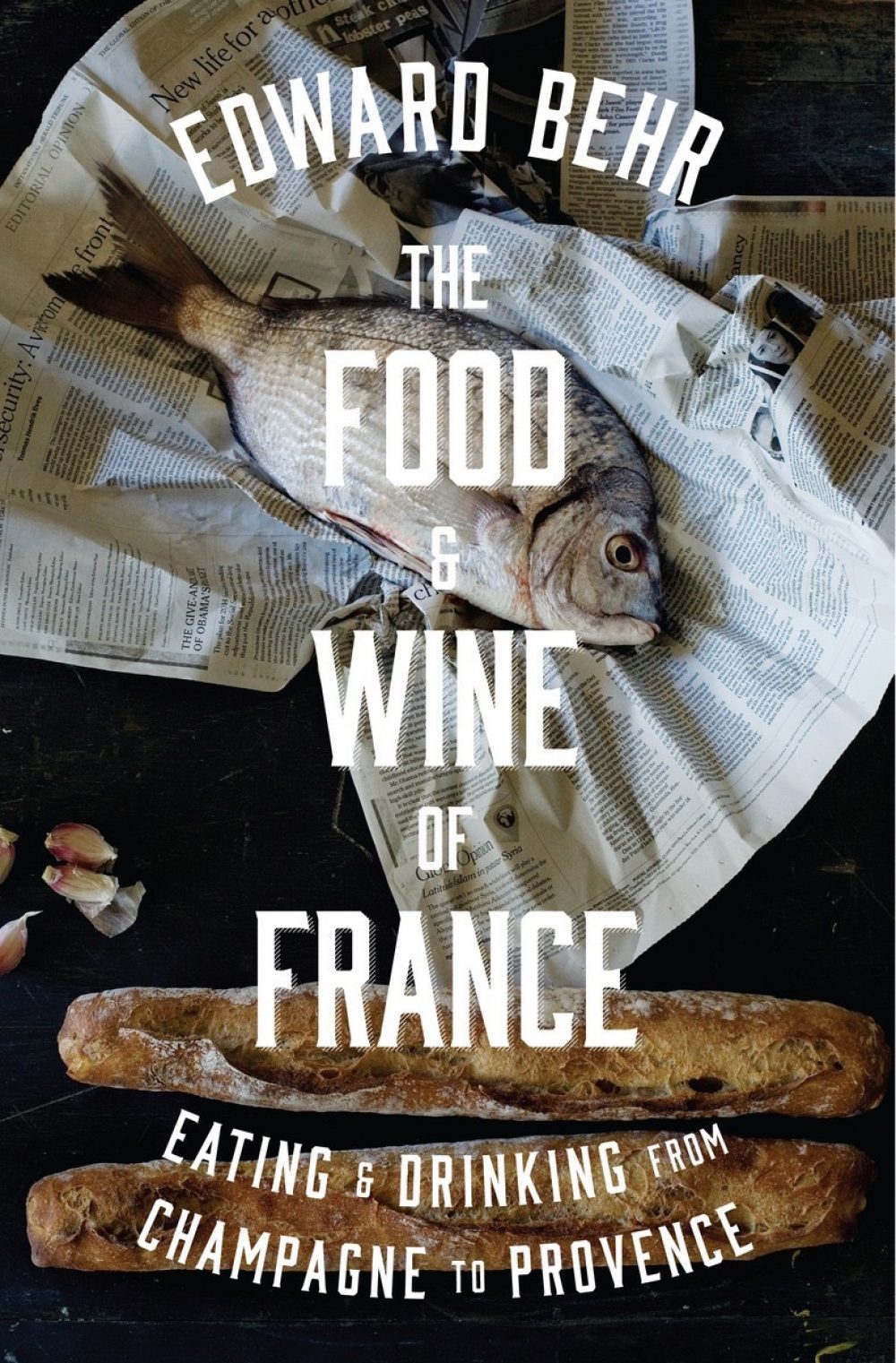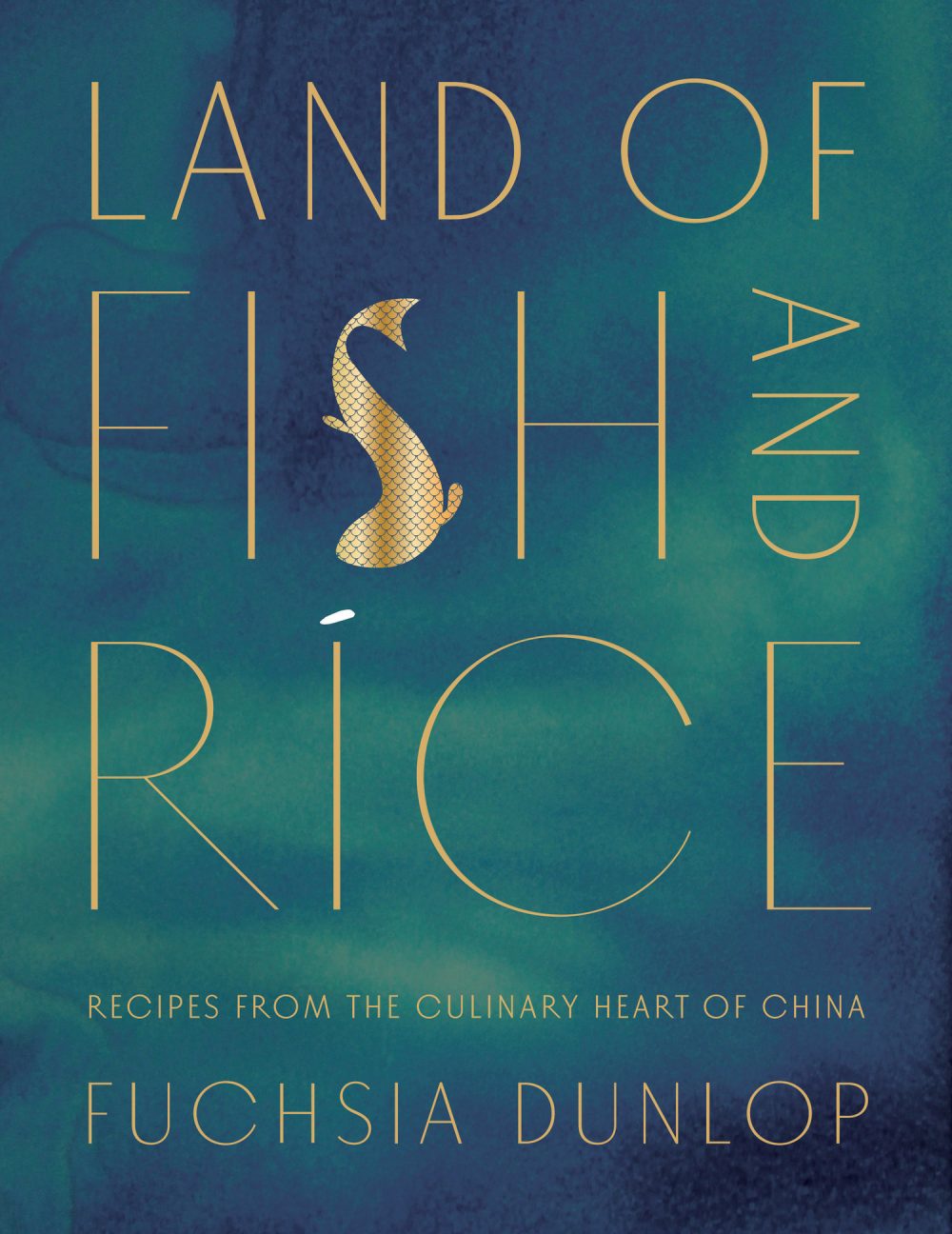
Food And Wine Of France
by Edward Behr
Edward Behr’s “The Food & Wine of France” (Penguin, 2016) reminds us that there still are places in the world where good food comes from history and nature unimproved: wild yeast spores, organisms in the soil, salt from the sea, and the coolness of limestone caves. Behr nicely—appropriately—quotes the famous 20th century gourmet Curnonsky: “Cooking! That’s when things taste like what they are.”
Underneath the facts, “The Food & Wine of France” provides the quiet confidence of life uninterrupted, of traditions maintained, of putting one foot in front of another. The sauniers (who produce fleur de sel) work barefoot because, “You go too fast in shoes.”
One bakery that used to make exceptional pain d’epices (spice bread) mixed the flour with honey and sugar and let this mixture sit for an entire year before using to allow for maximum flavor. Martin Pouret, a vinegar maker in Orléans, says, “There is a certain tradition, and if one wants to continue it, one must repeat the old process. It is like the rest of gastronomy.”
After finishing the last page, I was struck by a nagging disquiet. It finally came to me that Behr offers a hard truth about great cuisines. Great food is a commitment to a way of life that is unsparing, hard and uncompromising. To appreciate the taste of Gruyere or the “juice of the soil,” one cannot sacrifice history on the altar of modernity if the latter is simply a disguise for change.
Upon further reflection, however, hope returned. The individuals profiled in “The Food & Wine of France” are happy to stand on the barricades, keeping the past alive. Perhaps, even if only a handful survive, they might turn the tide. As was said of the famous French baker Pierre Poilane, “He wouldn’t adapt to his customers, and eventually they adapted to him.”
Most modern fiction pales
in comparison to David Copperfield (“Ye-es. Barkis is willin’.”), so I tend to reject most 21st century attempts by page 10. Snobbish perhaps, but life is too short for mediocre prose. But I am occasionally surprised by fiction based on actual experience; the characters and conversations have a ring of truth. That is decidedly the case with Stephanie Danler’s “Sweetbitter” (Knopf, 2016), the fictional but semi-autobiographical story of Tess, who comes to New York to make her way in the world of restaurants.
The twist is that Tess’s world is the dining room, not the kitchen. The economy of words and repartee are refreshing. Sure, it has some of the grit of “Restaurant Confidential,” but it’s sweeter and with deeper sensibilities. For those who aspire to chefdom instead of a life of service, this book might change your mind.

Sweebitter
by Stephanie Danler

Land of Fish and Rice
by Fuchsia Dunlop
I am a Fuchsia Dunlop fan. The simplicity of her approach in “Every Grain of Rice” (W. W. Norton, 2013) taught me that what I had once considered “ethnic” cooking was, in fact, just cooking. Everybody, every day, has to put food on the table. And by stripping away the complexity that puts most “foreign” recipes out of reach and context, the home kitchen becomes a more interesting place.
Having attended cooking school in Chengdu in Sichuan, Dunlop has the on-the-ground familiarity to turn what once was exotic into appealing everyday food.
In her new book, “Land of Fish and Rice” (W.W. Norton, 2016), Dunlop takes on the Lower Yangtze region of China. As she says, if Sichuan cuisine is the jazz of the Chinese food world, Jiangnan food is its classical music. Stir-fried potato slivers with spring onion; sweet-and-sour radishes; springtime noodles; Ningbo omelet; and Dongpo pork (pork belly slow-cooked with soy sauce, sugar and Shaoxing wine) are among my favorites.
Perhaps slightly less familiar than Sichuan cuisine and, as the title suggests, with an emphasis on fish cookery (the book also includes plenty of meat and chicken dishes), “Land of Fish and Rice” offers ample accessible recipes for the American home cook.



